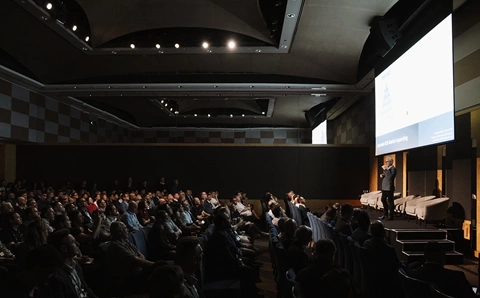A new report has found that growing numbers of Australian internet users are visiting retail sites to inform their in-store buying decisions.
The AMP Capital Shopping Centres’ (AMPCSC) annual Recommended Retail Practices Report 2011(RRP): Consumer Connections showed that 85 percent of shoppers online used some form of digital media to support their in-store shopping.
Report writers expected that 85 percent to represent 5 million households.
AMPCSC’s head of marketing and communications, Stuart Langeveldt, said the findings painted a more complex picture of the tension between the bricks and mortar and online retail industries.
It was also important, he added, to recognise that about 95 percent of the $240 billion traded in Australia’s retail sector every year involved physical stores.
The report found that the average Australian internet shopper used six main forms of digital media to help them shop with internet engines the most popular (61 percent), followed by retail websites (50 percent), email alerts (40 percent), newsletters from retailers (37 percent), manufacturers' websites (36 percent) and Facebook (23 percent).
Langeveldt said the study showed that while Australian shoppers were embracing digital technologies, they also craved human interaction.
“Certainly, while shoppers are increasingly connected, demanding and eager to be catered to by new technology, this has lead to a concurrent and opposing trend, in that people crave human contact and sensory experiences,” he said.
“Consequently, the industry needs a two-pronged approach to meet these complex consumer needs.”
This presented opportunities for bricks and mortar retailers to use digital and online technologies to improve their businesses and seize opportunities to create unique experiences around products such as leisure goods.
“This means bricks-and-mortar retailers are in a dominant position to capture and lead the ‘leisure’ market by dialling up the sensory ‘touch and feel’ experience of in-store shopping,” Langeveldt said.
However, he stressed that today’s consumer still demanded a digital shopping experience with things like downloadable stores guides, detailed product information, deals and general notifications.
“Simply put, shoppers are looking for outstanding customer service, sensory stimulation, social interaction and genuine sales,” Langeveldt said, adding that companies like Apple and Britain’s Tesco had demonstrated that it could be done.







_(11).jpg&h=142&w=230&c=1&s=1)




.jpg&w=100&c=1&s=0)
_(8).jpg&w=100&c=1&s=0)








.jpg&q=95&h=298&w=480&c=1&s=1)


